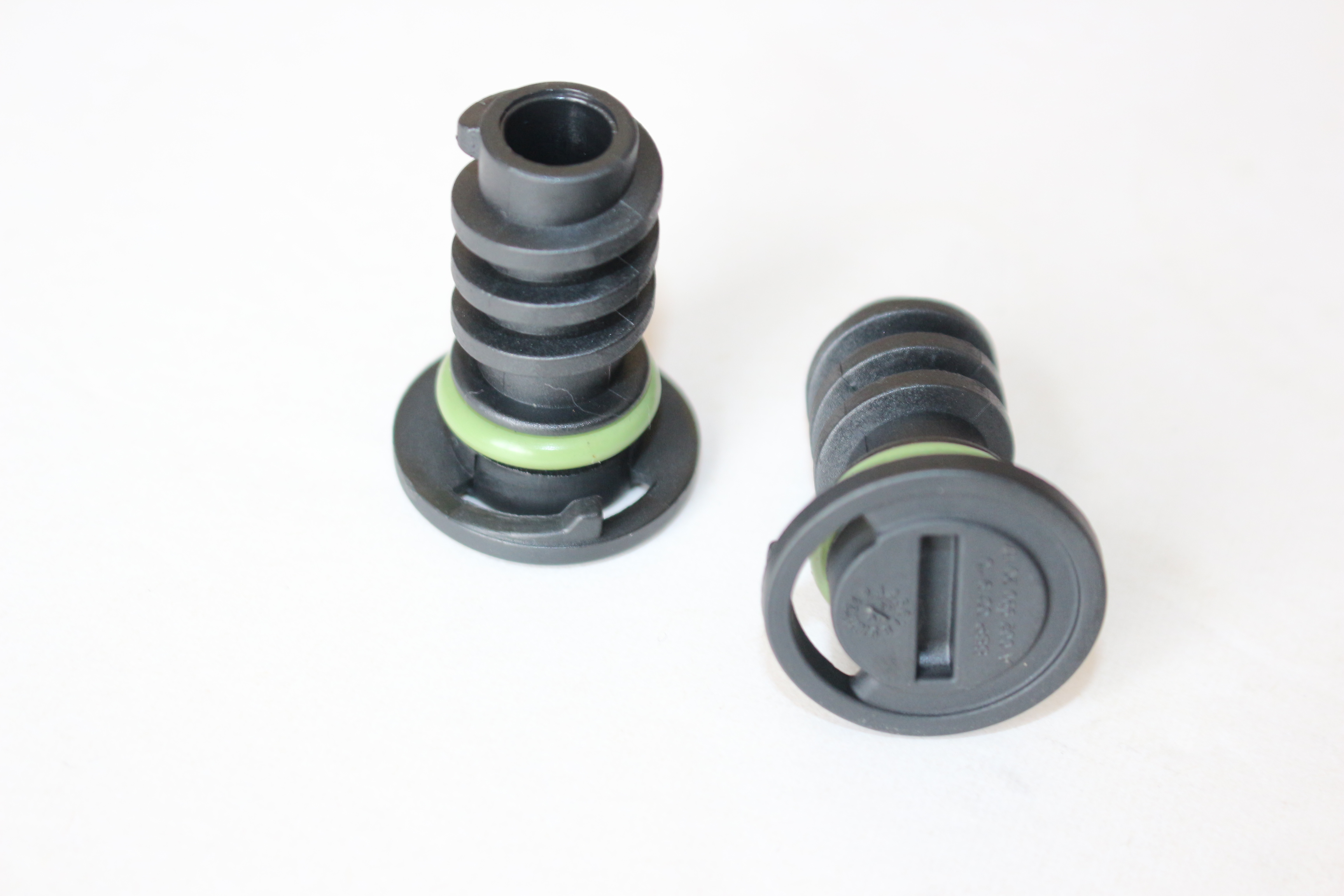Understanding AC Compressor O-Rings and Their Importance in Air Conditioning Systems Maintenance
Understanding AC Compressor O-Rings Importance and Maintenance
When it comes to the efficient functioning of air conditioning systems, the importance of small components often goes unnoticed. One such crucial component is the O-ring, particularly in AC compressors. These small but essential rubber seals play a vital role in ensuring the system runs smoothly, maintains refrigerant pressure, and prevents leaks. Understanding the function, types, and maintenance of AC compressor O-rings is crucial for both homeowners and professionals in the HVAC industry.
What Are AC Compressor O-Rings?
O-rings are circular gaskets made from various materials, designed to create a seal between two surfaces. In the context of an AC compressor, they are primarily used to prevent refrigerant leaks while allowing the compressor to operate under high pressure. The design of O-rings is such that they can compress when placed between two parts, thus creating a tight seal. This sealing capability is essential since even the smallest leak can lead to significant efficiency losses in the cooling system.
Importance of O-Rings in an AC System
The efficiency of an air conditioning system largely hinges on the integrity of its components. O-rings are no exception to this rule. A compromised O-ring can lead to refrigerant leakage, resulting in decreased cooling performance and increased energy consumption. Over time, a leaking system can strain the compressor, leading to more significant mechanical failures and costly repairs.
Regularly checking and replacing worn or damaged O-rings is a proactive approach to maintenance that can significantly extend the lifespan of an AC system. Additionally, ensuring that these seals are intact is vital for environmental reasons. Refrigerants, especially older types like R-22, can be harmful to the ozone layer and contribute to global warming.
Types of O-Rings Used in AC Compressors
O-rings come in various materials, each suited for specific temperatures and chemical environments. Common materials include
- Nitrile Rubber (Buna-N) The most widely used for refrigerant applications, nitrile rubber is resistant to oil and can withstand a range of temperatures.
ac compressor o rings

- Viton (Fluorocarbon) This material offers excellent resistance to a broader variety of chemicals and high temperatures, making it suitable for high-performance applications.
- Silicone While not as common for AC applications, silicone O-rings are useful in environments subjected to extreme temperatures.
Choosing the right type of O-ring is crucial for the longevity and reliability of the AC compressor. It’s essential to remember that not all O-rings are created equal; using the correct material can prevent premature degradation and system failures.
Maintenance Tips for AC Compressor O-Rings
To ensure the efficient operation of your air conditioning system, consider the following maintenance tips
1. Regular Inspections Regularly check the O-rings for signs of wear such as cracks, deformation, or brittleness. Early detection of damage can help prevent refrigerant leaks.
2. Proper Installation When replacing O-rings, ensure they are seated correctly to avoid pinching or misalignment, which can lead to leaks.
3. Use Compatible Lubricants When installing new O-rings, use lubricants that are compatible with the O-ring material to reduce friction and prevent damage during installation.
4. Scheduled Maintenance Having your AC system inspected and serviced regularly by a professional can ensure that all components, including O-rings, are in optimal condition.
In conclusion, while AC compressor O-rings may seem like minor components, their role in the overall efficiency and longevity of an air conditioning system cannot be overstated. Understanding their functions, types, and proper maintenance practices will help keep your cooling system running smoothly and efficiently. By investing time in these small details, homeowners can enjoy a consistently comfortable indoor climate while extending the life of their AC systems.
-
Understanding the Front Main Engine Seal: Purpose, Maintenance, and Installation
News Jul.29,2025
-
Understanding O-Rings and Seal Rings: Types, Applications, and Custom Solutions
News Jul.29,2025
-
Understanding Crankshaft Oil Seals: Rear Seals, Pulley Seals, and Their Role in Engine Integrity
News Jul.29,2025
-
The Importance of Front and Rear Crankshaft Seals in Engine Performance and Oil Management
News Jul.29,2025
-
Crank Oil Seals: Functions, Types, and Cost Considerations in Engine Maintenance
News Jul.29,2025
-
A Comprehensive Guide to O-Rings and Seals: Types, Materials, and Global Applications
News Jul.29,2025
-
Mastering Diesel and Performance Engine Maintenance: A Guide to Critical Oil Gaskets
News Jul.28,2025
Products categories















